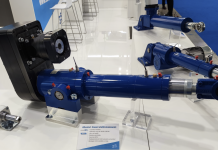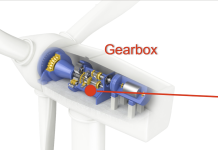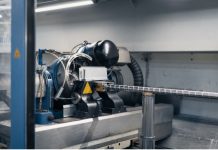The closure of the celebration of the centennial of AGMA has taken place at the 2016 FTM in Pittsburgh. During the FTM we had the opportunity to meet the new President of AGMA Matthew E. Croson.
AGMA closed the celebration of its first 100 years: the new century begins with a new President. What will be the evolution of AGMA for its second century?
AGMA will begin its 101st year as a leading trade association with a new vision, mission and five-year strategic plan. AGMA’s vision is that AGMA and its Members drive power transmission innovations. AGMA members have a long-standing history of being innovative for their customers, and this will continue. What is new is that we have added the AGMA organization as part of the vision. This signals a strong collaboration between both the members and the organization itself to ensure that we are both driving value through to the customers via innovative programs and services. This new vision allows AGMA to deliver information, expertise and the networking opportunities that will support our members’ efforts to innovate. It allows AGMA to expand its platform of information sharing in new and exciting ways as we all work together to address challenges and opportunities.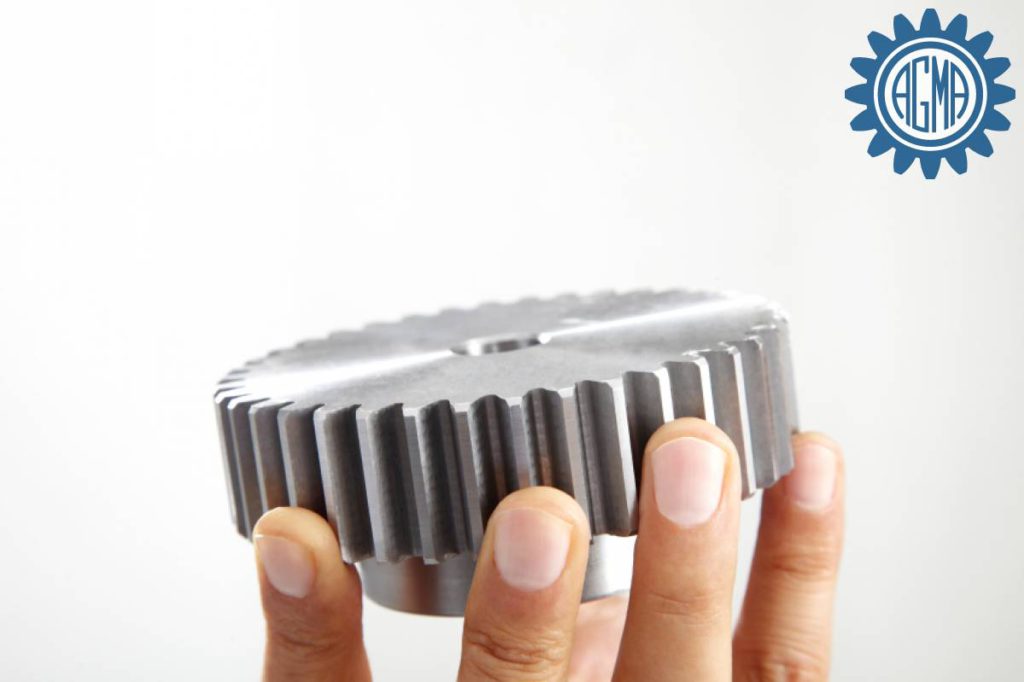
AGMA has been founded and is known worldwide for AGMA Standards: now that AGMA is much more involved in ISO than at the origin, what will be the evolution for the standards of the future?
As the Secretary to ISO Technical Committee on gearing (TC 60), AGMA expects, and fully supports, the convergence of the gearing standards in the global arena under the leadership of ISO TC 60. With so many new materials coming to market, and with new processes such as additive manufacturing, we know that AGMA and its members will continue to play a role in defining the standards that drive our industry’s business.
One of our primary strategic objectives is focused on emerging technologies. We are tracking four emerging technologies: robotics, additive manufacturing, industry 4.0 and new alloys. Each of these technologies will expand into the standards process as they move from emerging to a reality in our space. When that happens, AGMA is prepared to play an active role.
Since the nineties, education is one of the main scopes of AGMA: will the effort of AGMA in education grow even more during the next years?
AGMA is expanding its educational footprint by adding new classes in 2017. We are creating a “Design for Gears” class and a “New Steels for Gears” class. These classes will join our current portfolio of 10-11 face-to-face classes that make up the AGMA curriculum for gear manufacturing. We expect to add classes as our emerging technologies continue to emerge, and are looking at how we can certify some of our classes in order to demonstrate to the market that anyone that comes through our education programming is ready to add value to a member company.
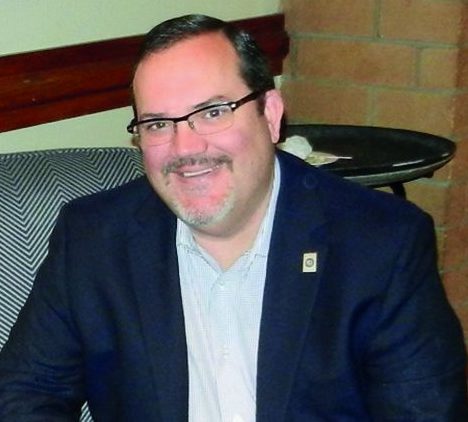
From 9 US companies in 1916 to more than 500 from 44 countries: will AGMA still keep growing in the next future? How?
We do expect to continue to grow as we add more domestic gear manufacturers to our roster, and invite our supplier members who are such a strong part of the innovation efforts of our member companies. We also have 28% of our members joining from outside of North America, and we expect that number to grow as well. The world is a strong market for AGMA member products, and we want to make sure that all our resources are available to all our members worldwide so they can stay connected, relevant, and competitive in their respective sector and tied to their local trends.
For people that are not involved with them, gears are worldwide looked at as something “old fashioned”. How can AGMA contribute to make people understand that gears are the future and not only the past, in order to attract young generations to our jobs?
Achieving 300,000 rpm is exciting. Adding gears to medical technologies is exciting. Reaching 0-60 KPH in 1.3 seconds is exciting. Often, the brilliance in gears is how customers aren’t aware that a gear is driving the system. It’s a lot like electricity – you flip a light switch, and voila! It works! In 2017, we will start developing communications tools for the new engineers to ensure they understand the role that AGMA and its members play in innovation….and we expect to share success stories that are exciting and invite engineers to our industry.
We will start our communications efforts within the industry, and expand as we feel there is a need.
What are the AGMA forecast for the economy in the field of gears and transmissions for the forthcoming years in the US? And worldwide?
Globally, it will be a challenging year. We expect a modest growth of less than 2% annually for the global community. In the United States, we expect modest growth in automotive, aerospace, general manufacturing and industrial equipment. It will continue to be slow for oil and mining, though with a new Administration, we may see more support for energy alternatives which will allow for growth.
It will be a tight market through 2017, and we expect companies to adjust internally and create new value via partnerships and maybe an increase in mergers and acquisitions. But gears continue to be a viable, strong, innovative tool to drive power transmission, and eventually our market will turn around.
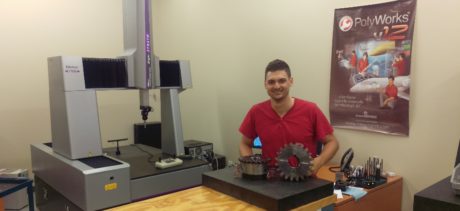
Italy is one of the main countries in the field of gears and transmission: how do the US see the economic partnership with Italy in gears and transmissions?
Italy is a strong driver of value, and I was fortunate to tour manufacturing facilities in Italy this summer. I toured Comer Industries and Somaschini….both very different companies from a size, scope and focus perspective – however, they both embraced innovation – so that is a shared value.
At Comer, I was amazed and impressed with how quickly the company’s leadership has embraced Industry 4.0 and are starting to see postive results from their significant investments.
At Somaschini, I saw their new approach to robotic manufacturing and closed cell manufacturing, and was impressed with how close they are to a “dark factory” concept of manufacutring that so many companies talk about, but few do.
Both companies are leading AGMA members – they are both very active in our association – and are just two examples of many from Italy where they see the value of the association, and are working with us on standards, Gear Expo, and our education initiatives.

